ENT Endoscopy System
An ENT (Ear, Nose, and Throat) endoscopy system refers to a specialized medical equipment setup used by otolaryngologists (ENT specialists) to perform minimally invasive examinations and procedures within the nasal passages, sinuses, throat, larynx (voice box), and even the middle ear. This system typically includes several key components designed to provide clear visualization and precise maneuverability during diagnostic evaluations and treatments.
Key Components and Features:
- Endoscope: The core component of the system, the endoscope is a flexible or rigid tube with a small camera and light source at its tip. It allows for the visualization of internal structures in high definition.
- Light Source: Provides illumination through the endoscope to enhance visibility of the targeted area.
- Camera System: Captures real-time images and video footage from the endoscope, which can be displayed on monitors for detailed examination and documentation.
- Video Processor: Processes the signals from the camera to produce high-quality images and videos.
- Monitor: Displays the live feed from the camera system, providing a clear view of the internal structures being examined.
- Endoscopic Instruments: Various specialized instruments may be used alongside the endoscope for procedures such as biopsy, tissue removal, or manipulation.
- Insufflator: Used in sinus surgery to deliver and control the flow of gas (such as carbon dioxide) into the surgical field.
- Image Management System: Enables storage, retrieval, and management of captured images and videos for patient records, research, and teaching purposes.
- Sterilization and Cleaning Equipment: Essential for maintaining hygiene and preventing infections.
Common Uses:
- Examination and treatment of nasal conditions (sinusitis, polyps, etc.).
- Diagnosis and management of throat disorders (tonsillitis, vocal cord issues).
- Visualization and procedures within the larynx and middle ear.
ENT endoscopy systems enable precise diagnostic evaluations and minimally invasive therapeutic interventions, enhancing patient outcomes and recovery times.
Description
ENT Endoscopy System
An ENT (Ear, Nose, and Throat) endoscopy system refers to a specialized medical equipment setup used by otolaryngologists (ENT specialists) to perform minimally invasive examinations and procedures within the nasal passages, sinuses, throat, larynx (voice box), and even the middle ear. This system typically includes several key components designed to provide clear visualization and precise maneuverability during diagnostic evaluations and treatments. Here are the primary components and features of an ENT endoscopy system:
- Endoscope: The core component of the system, the endoscope is a flexible or rigid tube with a small camera and light source at its tip. It allows for the visualization of internal structures in high definition. Depending on the application, ENT endoscopes can range from small-diameter scopes for nasal and laryngeal examinations to larger-diameter scopes for sinus and skull base surgeries.
- Light Source: Provides illumination through the endoscope to enhance visibility of the targeted area. Modern ENT endoscopy systems often use LED lights for bright, cool illumination.
- Camera System: Captures real-time images and video footage from the endoscope, which can be displayed on monitors for detailed examination and documentation. High-resolution cameras ensure clear visualization of anatomical details.
- Video Processor: Processes the signals from the camera to produce high-quality images and videos. It may also allow for image enhancement and adjustment of settings such as brightness and contrast.
- Monitor: Displays the live feed from the camera system, providing a clear view of the internal structures being examined. Monitors used in ENT endoscopy systems are typically high-resolution to ensure accurate visualization.
- Endoscopic Instruments: Various specialized instruments may be used alongside the endoscope for procedures such as biopsy, tissue removal, or manipulation. These instruments are designed to be compatible with the endoscopic approach, allowing for precise control and minimal tissue trauma.
- Insufflator: In procedures like sinus surgery, an insufflator may be used to deliver and control the flow of gas (such as carbon dioxide) into the surgical field, maintaining adequate visualization by expanding the sinus cavity.
- Image Management System: Enables storage, retrieval, and management of captured images and videos for patient records, research, and teaching purposes. It ensures documentation of procedures and facilitates collaboration among healthcare providers.
- Sterilization and Cleaning Equipment: Given the delicate nature of endoscopes and associated instruments, proper cleaning and sterilization equipment are essential to maintain hygiene and prevent infections.
ENT endoscopy systems are pivotal in diagnosing and treating a wide range of conditions affecting the ears, nose, and throat. They offer significant advantages over traditional surgical approaches by minimizing trauma, reducing recovery times, and improving patient outcomes through precise visualization and targeted intervention. These systems represent a cornerstone of modern ENT practice, enabling comprehensive diagnostic evaluations and minimally invasive therapeutic procedures.
Key Components and Features:
- Endoscope: The core component of the system, the endoscope is a flexible or rigid tube with a small camera and light source at its tip. It allows for the visualization of internal structures in high definition.
- Light Source: Provides illumination through the endoscope to enhance visibility of the targeted area.
- Camera System: Captures real-time images and video footage from the endoscope, which can be displayed on monitors for detailed examination and documentation.
- Video Processor: Processes the signals from the camera to produce high-quality images and videos.
- Monitor: Displays the live feed from the camera system, providing a clear view of the internal structures being examined.
- Endoscopic Instruments: Various specialized instruments may be used alongside the endoscope for procedures such as biopsy, tissue removal, or manipulation.
- Insufflator: Used in sinus surgery to deliver and control the flow of gas (such as carbon dioxide) into the surgical field.
- Image Management System: Enables storage, retrieval, and management of captured images and videos for patient records, research, and teaching purposes.
- Sterilization and Cleaning Equipment: Essential for maintaining hygiene and preventing infections.
Common Uses:
- Examination and treatment of nasal conditions (sinusitis, polyps, etc.).
- Diagnosis and management of throat disorders (tonsillitis, vocal cord issues).
- Visualization and procedures within the larynx and middle ear.
ENT endoscopy systems enable precise diagnostic evaluations and minimally invasive therapeutic interventions, enhancing patient outcomes and recovery times.
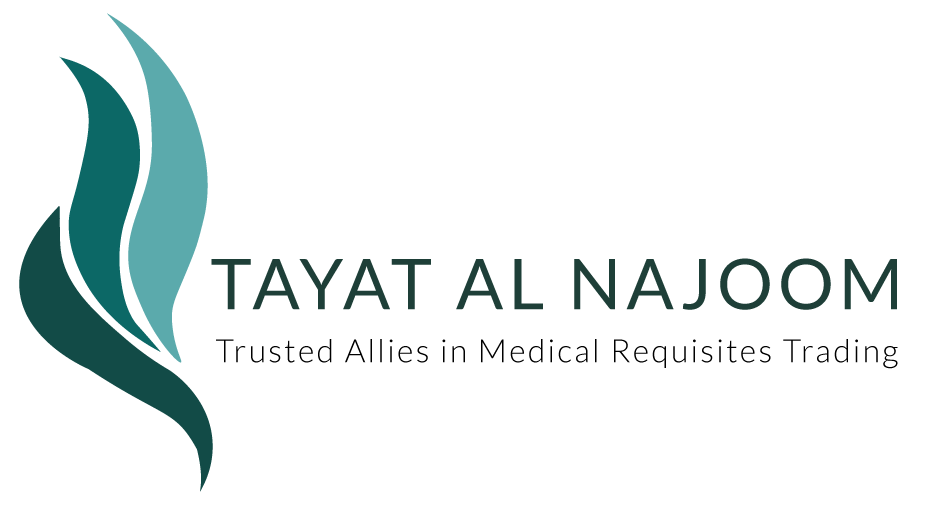
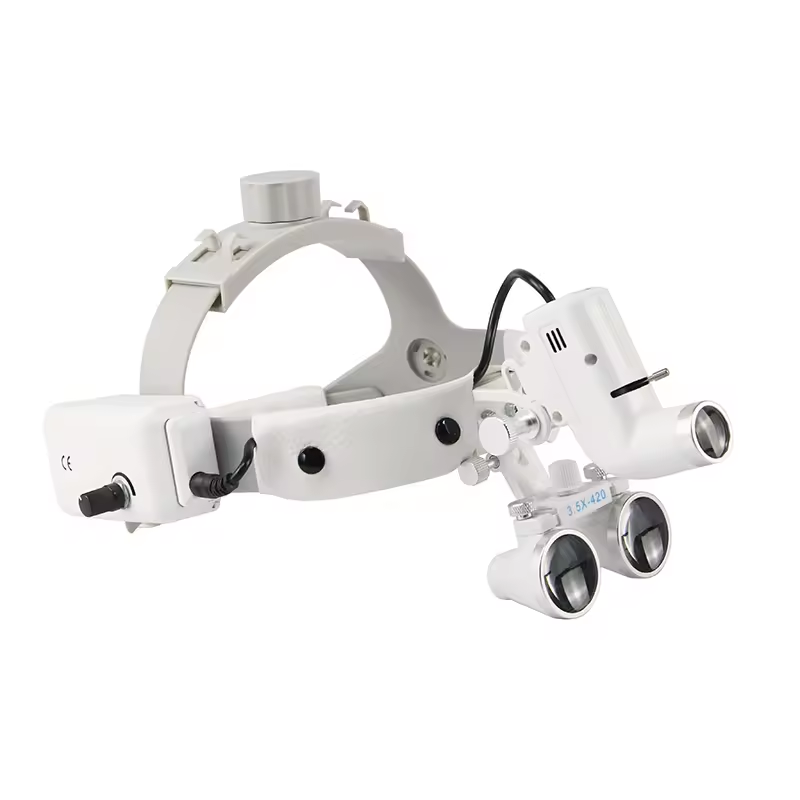
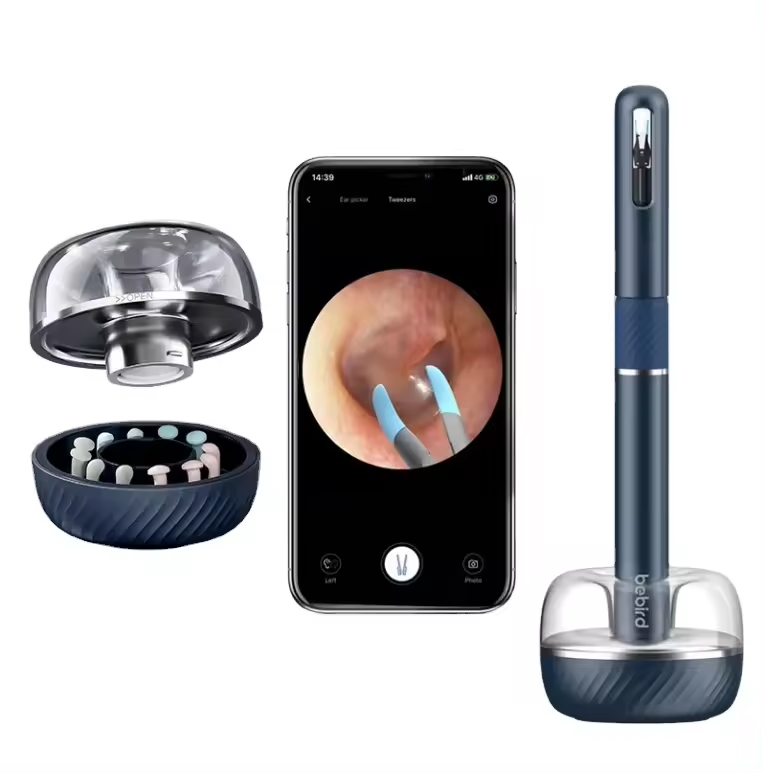

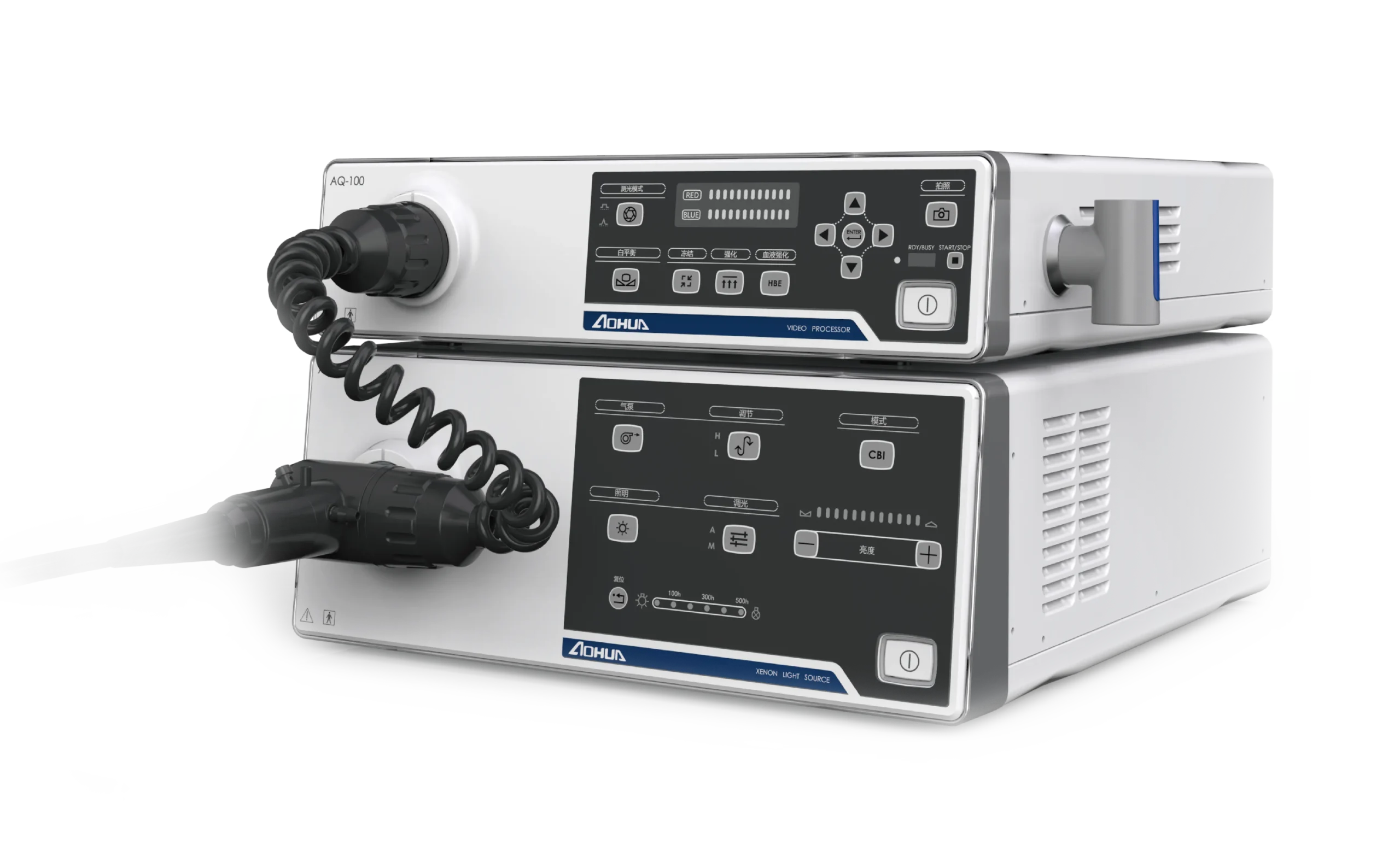

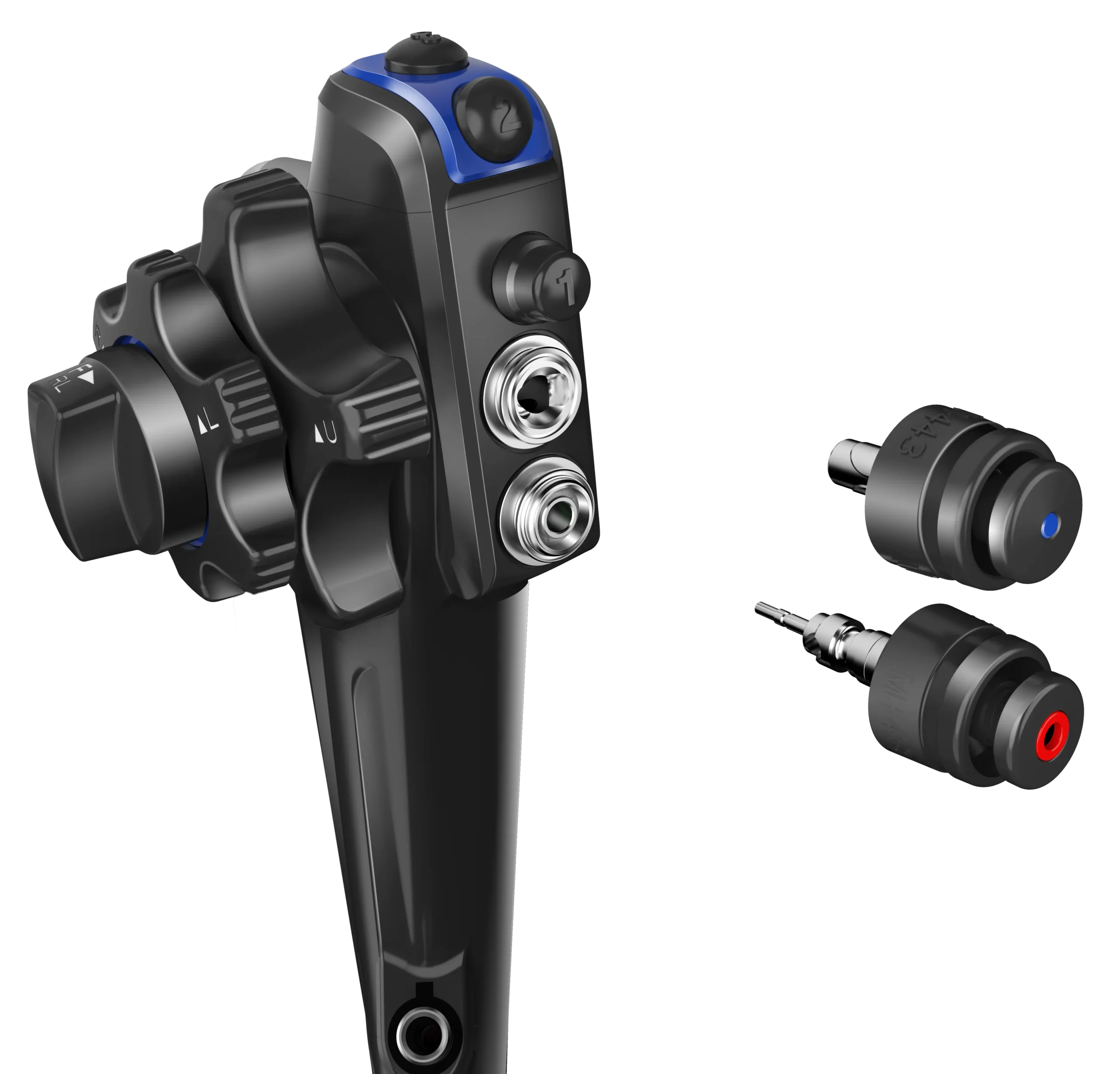
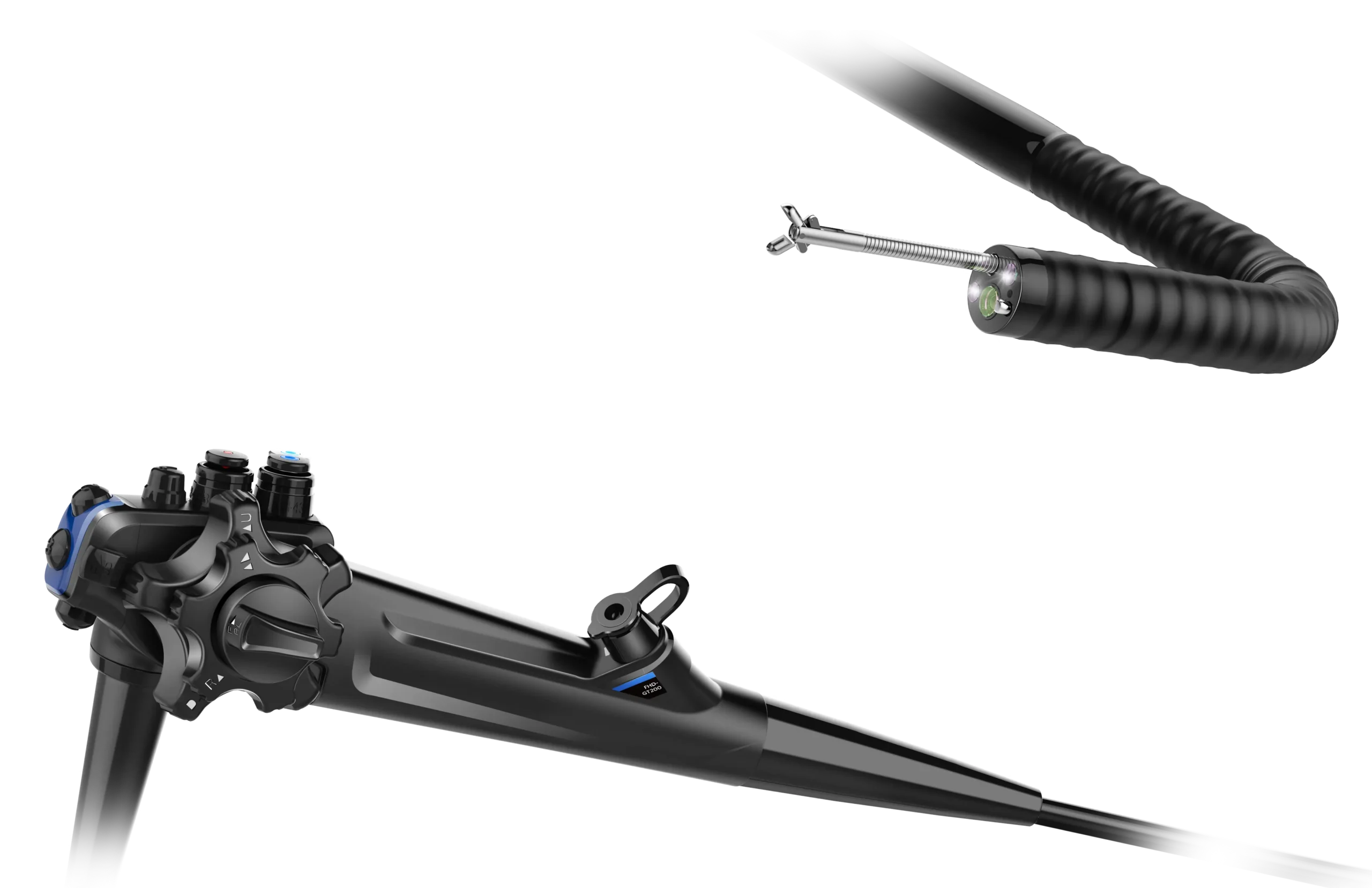
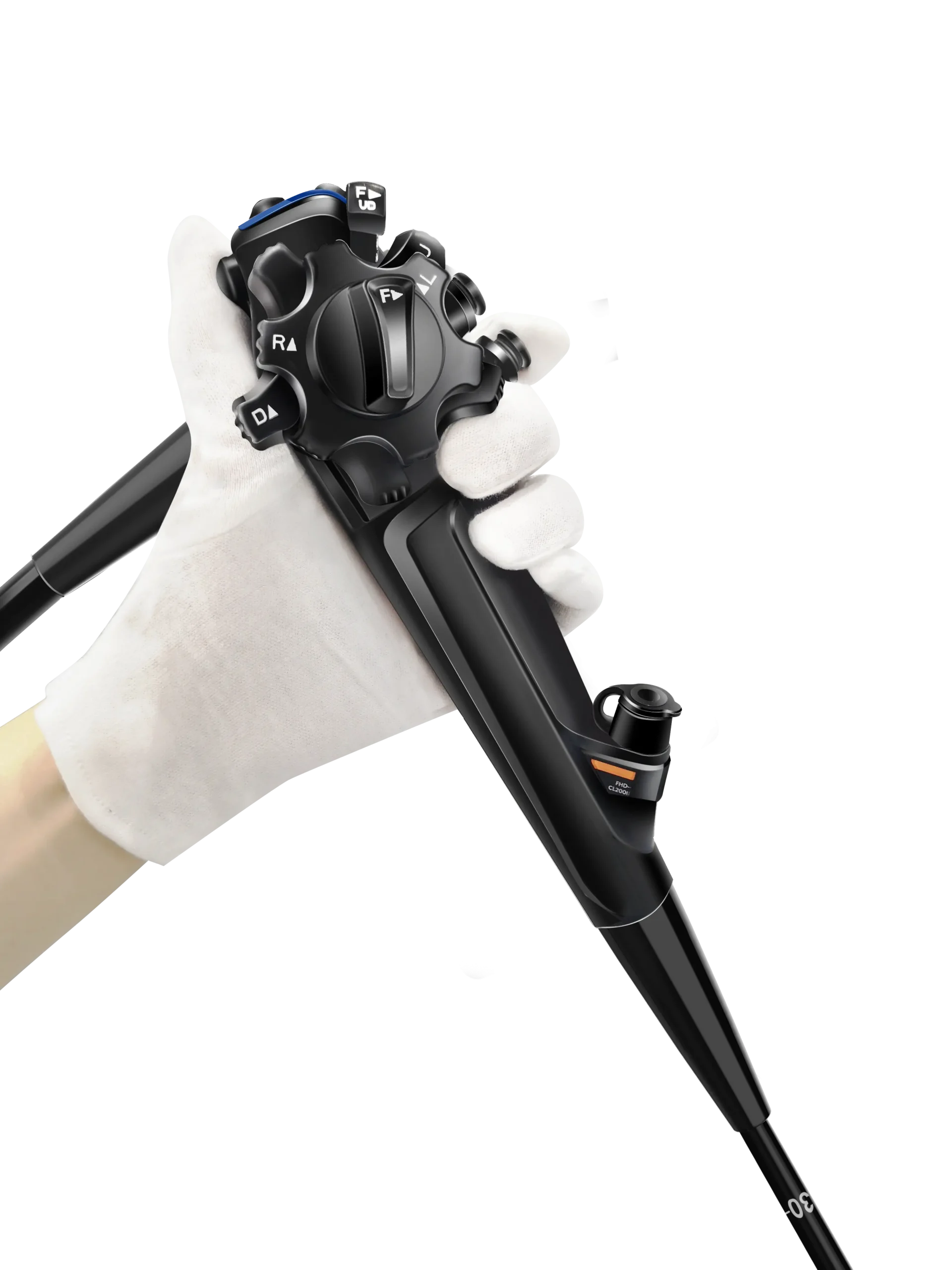























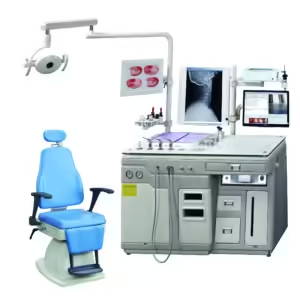
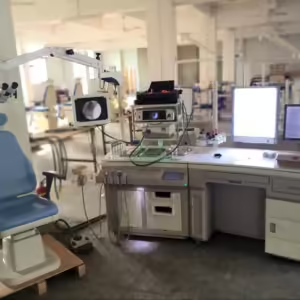










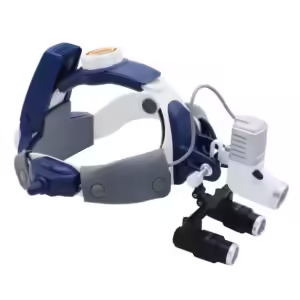

Reviews
There are no reviews yet.